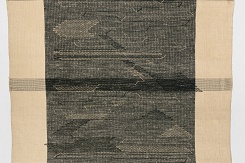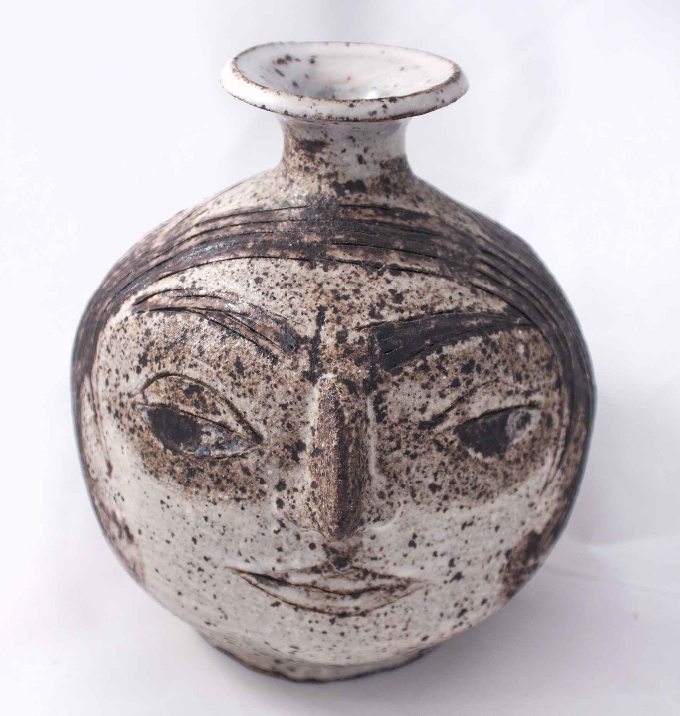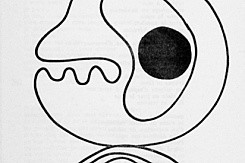Um 1900 erschienen im deutschsprachigen Raum die ersten Kompendien und Handbücher über sogenannte Weltkunst, etwa Karl Woermanns Geschichte der Kunst aller Zeiten und Völker (1900). Nach dem Ersten Weltkrieg explodierte dann die Anzahl der Publikationen über außereuropäische Künste. Diese fanden auch sogleich Eingang in die 1919 neu etablierte Bauhaus-Bibliothek.1 Zu diesen Büchern zählt etwa auch die von Paul Westheim herausgegebene 20-bändige Reihe Orbis Pictus/Weltkunst-Bücherei (1920–1935)2 oder, ebenfalls 20-bändig, Kulturen der Erde. Material zur Kultur- und Kunstgeschichte aller Völker (1919–1923)3, herausgegeben vom sozialrevolutionär gesinnten Ernst Fuhrmann, der selbst die meisten Einleitungstexte schrieb. Der Name Orbis Pictus lässt bereits die Programmatik solcher Reihen erkennen: Den gesamten „Weltkreis“ umfassend, trägt sie den Namen des ersten, mit zahlreichen Holzschnitten versehenen Schul- und Lehrbuchs, Orbis sensualium pictus des Humanisten Johann Amos Comenius. Dieses gedachte über die Kombination von Text und Bild zu erziehen und erschien erstmalig 1658. Die Reihe Orbis Pictus war ebenfalls als Lehr- und Bilderbuch konzipiert. Auch wenn die Einleitungstexte der Bücher die Bedeutung der jeweiligen Artefakte zu erklären versuchen, lassen diese Buchreihen erkennen, unter welchen Bedingungen nichteuropäische Kunst in den 1920er-Jahren rezipiert wurde: als Inspirationsmaterial, als Ausdruck der Kanonkritik an einer europäischen Hochkunst und als Plädoyer für die Aufhebung zwischen Kunst und Kunsthandwerk, aber vor allem auch welches Verständnis von „Welt“ hier reproduziert wurde. In erster Linie war es die „Welt“ und damit die Perspektive der damaligen Völkerkundemuseen,4 deren Sammlungen größtenteils im Zuge der Kolonialismus entstanden waren.



_crop.jpg?w=245&h=163&c=1)
















 Kopie.jpg?w=245&h=163&c=1)














